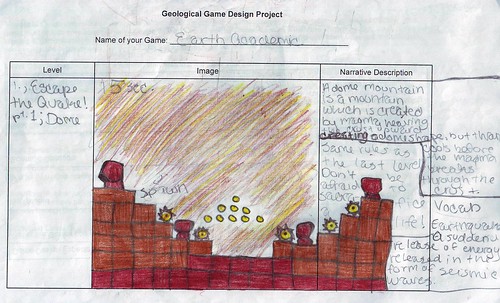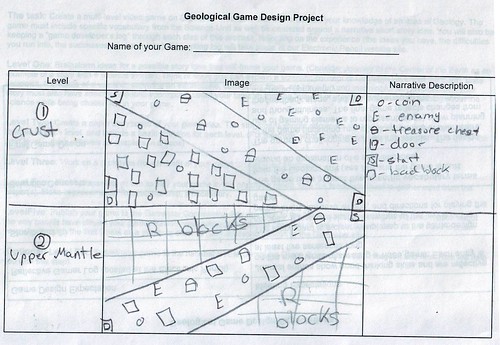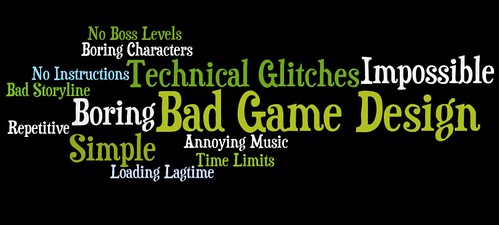I know I have been writing a lot about gaming lately, but that is because I am on one of those journeys — trying to figure it out while sensing the possibilities for learning. I was thinking the other day about various educational conferences and how there is such a lack of sessions on gaming, even though I will bet that most of our students spend a lot of their time outside of school with games. (maybe too much?). I was perusing the K12 Online Conference and thankfully, I did find one session on gaming (Gaming to Learn by Learning to Game by Leigh Zeitz). Luckily, last year, I attended a session around video game at the National Writing Project meeting. But without that, I would have been in the dark about the possibilities.
Anyway, the other day, I was designing a new game that sought to celebrate Women in Science. This is sort of an experimental prototype of what I am going to be having my students doing very soon (and I can’t tell you how many students are coming up to me, asking when when when are we going to get back to our gaming site — Gamestar Mechanic). My science teacher and I are starting our discussions around merging video game design, literacy and science (in this case, a geography unit that includes layers of the Earth, tectonic plates, etc.) into a project next month with connections to the new Massachusetts Curriculum Standards (ie, Common Core).
As I was working on my video game, I realized how much symbolism plays a role in game design. Unless you are going deep into the programming (I am not) and developing every little item yourself (definitely not), then you use the tools that are provided for you and imagine how one thing might represent another. For example, I needed a player avatar to represent the scientists. Well, no scientists were on my list of characters in the gaming system, so I chose a simple player (no shooting abilities) that best captured the idea of an intrepid explorer (which is what women scientist are, right?)
Since there were three women scientists in my game (Marie Curie, Lise Meitner, and Barbara McClintock), I created three “levels” to the game to represent each of their discoveries. I mulled over the idea of enemies. I know I wanted challenges, but did I want enemies? I decided that the enemy avatars would be “doubters,” those who didn’t believe that a women could make the same level of discoveries as men. The “doubters” are throughout the three levels — a shared experience of these pioneers. Each has to escape, elude or defeat the doubters who would stop them. That seemed appropriate.
I struggled with the symbolic layout of the levels of the game, however. How do you represent discovering radioactive material? Or splitting atoms? Or understanding genetics in a new way? Mostly, I used treasure/jewels to represent the “discovery” phase of the games, with some dangerous roadblocks along the way (for example, Marie Curie is in danger with radioactive materials, so she loses energy and lives as she works with the materials). For Lise Meitner’s level, I decided to “split” the maze into three sections, representing how she “split” the atom, and each section has a challenge area for the player to overcome.
I’m not going to say that some of the symbolic representation here doesn’t feel a bit forced at times. And I admit that teaching my students to do the same on some level for their gaming projects is going to be a challenge. (Although, layers of the Earth nicely coincides with a multi-level game, right?) This will be where the development of critical thinking skills will come into play. Or not. That will be part of the learning and the teaching around video game design. In some ways, THAT is the learning, not the game itself. The mental challenge of thinking through symbolism, and then creating a game that uses that representative ideas for information while still balancing creating a challenging game for an audience … that’s pretty heavy stuff, and it is also the very reason why game design should be part of how we can spark critical thinking skills in our students.
You want to play my Women in Science game? Go to the link or use the embedded game down below.
Peace (in the representations),
Kevin







